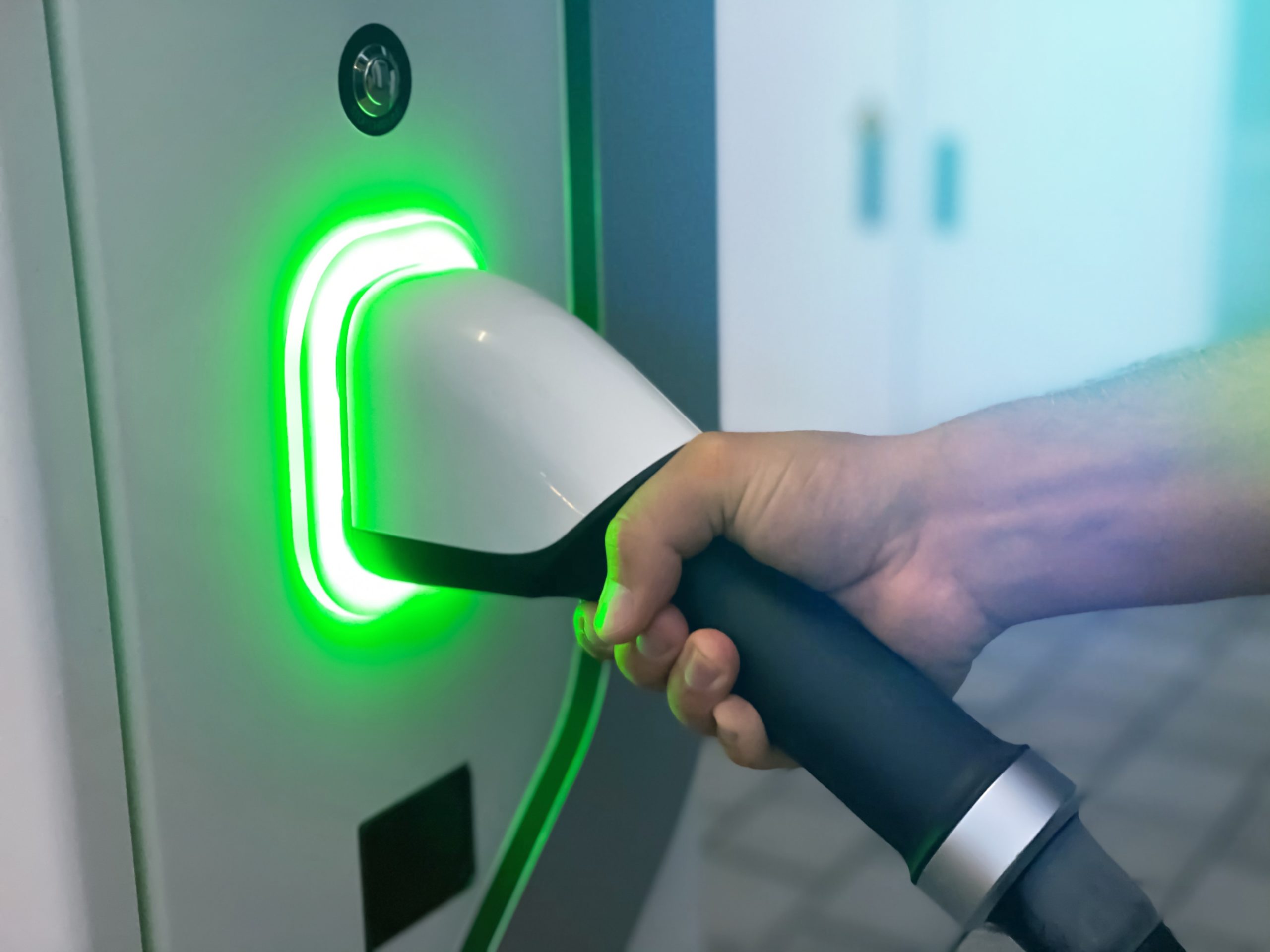Making EVs Truly Green: Accessibility and Adoption

This is the second article of our series about making electrical vehicles a truly green solution. In part one, we looked at the production cycle of EVs as well as the batteries they rely on. Now we’ll examine barriers to EV adoption as well as the need for the adoption of EVs in the transportation industry, agriculture, and public transportation sectors – not just as personal electric vehicles.
According to EVNiore’s 2021 transportation survey, there is correlation between lack of charging infrastructure and lower rates of EV adoption. Lack of charging stations in communities of color is a practical barrier to EV adoption, while also contributing to “perceptions of who alternative fuel vehicles are for.” The report asserts that stakeholders representing diverse communities should be involved with developing meaningful, culturally relevant charging awareness strategies.
The survey also finds that most EV charging is done at home, a barrier for residents of multi-family housing. If communities with large renter populations don’t have sufficient charging options in their proximity, residents “may feel that these types of vehicles are not compatible with their transportation needs.” In turn the report suggests that stakeholders in these areas should likewise be included in the planning of public charging networks.
Therefore, efforts to increase the availability of charging stations are essential. For example, to support the Biden-Harris administration’s goal of 500,000 new EV chargers nationwide by 2030, increased federal funds have been made available for the development of EV charging station networks. The National Electric Vehicle Infrastructure Formula Program, for instance, will provide $7.5 billion alone over a five-year period, working to establish Alternative Fuel Corridors (AFC) across the entire interstate system. An area qualifies as an AFC if there are EV charging stations located no greater than 50 miles apart and no greater than 5 miles off the highway.
Although a lack of charging stations is major barrier, another barrier to EV adoption is economic. Many EV models on the market are built and marketed as luxury vehicles. The International Council on Clean Transportation (ICCT) reports:
“Most early electric vehicles have been bought and driven by relatively affluent households. Muehlegger and Rapson (2019) find that counting both new and used vehicle purchases, households earning less than $100,000 per year represent 72% of gasoline vehicle purchases, but only 44% of electric vehicle purchases. Black and Latino car buyers make 41% of gasoline vehicle purchases, but only 12% of EV purchases (Muehlegger & Rapson, 2019). Previous studies have found similar patterns when comparing EV adoption between census tracts and zip codes (Canepa et al., 2019; Wee et al., 2020).”
The ICCT report concludes:
“As the U.S. EV market expands over time, especially for used vehicles, EVs will likely become more attractive to lower-income households. There have been roughly 1.6 million cumulative electric vehicle sales in the United States as of September 2020 (U.S. Department of Energy, 2020), and many of these are now entering the used car market. Already, in disadvantaged communities in California, used EVs are purchased at higher rates than new EVs (Canepa et al., 2019).
In addition, improving electric vehicle technology, increased electric range, and declining electric vehicle costs will continue making electric vehicles more attractive to a greater swath of consumers. As both purchase price and total cost of ownership for EVs decline in coming years, EV cost savings will become significant, and it will be critical to ensure equal access to disadvantaged groups.”
While carmakers must take ownership over the issue of affordability and accessibility to EVs, governments agencies are working to increase incentives for consumers and assist in their purchase. For example, Moving California’s Clean Vehicle Rebate Program offers up to a $7,000 rebate for the purchase of an EV. And as more populous and congested cities rely on and further develop robust public transportation infrastructure, there are efforts to accelerate the adoption of EVs in that sector, such as initiatives found within the Build Green Act which would provide $500 billion in grant funding over ten tears for electrifying public transit systems.
Any discussion of the need for EVs as a tool to reduce emissions must also include new approaches to commercial vehicles. According to the Electrification Coalition (EC), medium- and heavy-duty vehicles represented only 6% of vehicles registered in 2018 but were responsible for 26% of US petroleum consumption and 23% of transportation-related greenhouse gas emissions. And the EPA reports that at least 10% of emissions come from the agriculture sector, nearly on par with residential and commercial sources of emissions.
In their report “Electrifying Freight: Pathways to Accelerating the Transition,” the EC details direct actions that stakeholders can take to facilitate the electrification of the freight industry, and several states are establishing programs for funding EV adoption in agriculture, such as California’s FARMER (Funding Agricultural Replacement Measures for Emission Reduction) Program.
If you are a startup, firm, or multi-agency organization working to make EVs truly green, let’s talk. Our expertise and experience in diverse public outreach and partnerships, B2B and B2C marketing, and strategic communications are scalable to projects of all sizes. ARTÉMIA would love to be a part of the success of your solution. Get in touch at service@artemia.com.
ARTÉMIA has been committed to sustainability and what are now called “green” practices since 2005, long before such terms were commonplace or trendy. We have remained committed to implementing such practices for ourselves and to encouraging the implementation of such values by our partners and clients.
Accordingly, we have long-been advocates for the development and widespread adoption of electric vehicles (EV) and other zero-emission vehicles (ZEV), especially in high-population areas such as our home base of San Francisco, to reduce carbon emissions and increase air quality for residents, and ultimately contribute to the slowing – if not halting – of climate change.
Though they are virtually non-polluting when in operation, there are several factors which prevent EVs in particular from being truly green: the full environmental impact of their battery production cycle, including emissions from the transportation of raw materials and finished products; utilities systems which continue to rely on coal-burning power plants to generate electricity; and the challenges of EV accessibility and affordability faced by many people.
Awareness of and engagement with these issues is steadily increasing in the public conscience, raising hopes that EVs will become the solution they are intended to be. Over our next three blogs, ARTÉMIA would like to highlight some of the efforts being made to address these issues as well as underline areas where more work is needed, a need that is only growing in urgency, and how we can help.
You can get the latest blogs, communications tips and other news straight in your inbox. Please fill out the form below to subscribe to our newsletter.
see more...

The Importance of Corporate...
This article is the first in a series on incorporating water efficiency polici...
LEARN MORE
How to Establish a Corporat...
This article is the second in a series on incorporating water efficiency polic...
LEARN MORE
Updating Facilities with Wa...
This article is the third in a series on incorporating water efficiency polici...
LEARN MOREBLOG CATEGORIES
SUBSCRIBE
FOR LATEST UPDATES
Sign up for our monthly newsletter with our latest offers,hot blogs and much more !


JOIN US
FOR CALL
Lets chat via skype to discuss your questions concerns, and project needs

